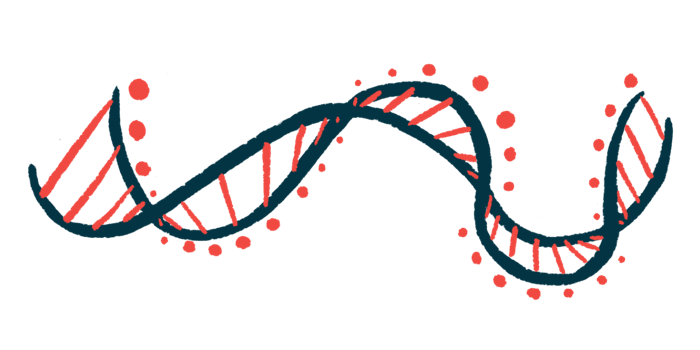Activity of Inflammatory Genes Increased in Patients with Inhibitors
Researchers found 344 mRNAs, 20 lncRNAs expressed differently where inhibitors were present

Hemophilia A patients who develop inhibitors — neutralizing antibodies made by immune cells against clotting factors — have more expression, or activity, of genes involved in activating the immune system, a small study reports.
“The results of our study reveal that there is an upregulation of genes involved with activation of the immune system in hemophilia A patients with inhibitors,” the researchers wrote. “These findings have the potential to reveal novel therapeutic targets for prevention and treatment of inhibitors.”
The study, “Risk factors for inhibitors in hemophilia A based on RNA-seq and DNA methylation,” was published in Research and Practice in Thrombosis and Haemostasis.
Hemophilia A is caused by an impairment of a clotting protein called factor VIII, or FVIII. Replacement therapy, which involves therapeutically administering a functional version of this protein, is a standard treatment for the condition. However, up to 30% of patients develop inhibitors that target the delivered clotting factor, reducing replacement therapies’ effectiveness.
Scientists in China compared the RNA sequencing profiles of 17 people with hemophilia A, seven with inhibitors and 10 without, all of whom had the same disease-causing mutation. Their goal was to identify potential risk factors for developing inhibitors.
RNA is a nucleic acid chemically similar to DNA, the molecule that holds a cell’s genetic information. The study focused on two types of RNA: messenger RNA, or mRNA — an intermediate molecule produced when a gene is “read” to produce a protein — and long noncoding RNA (lncRNA), which does not code for a protein, but has other regulatory functions within cells.
After analyzing the levels of more than 80,000 RNA molecules in patient blood samples, researchers identified 344 mRNAs and 20 lncRNAs that were expressed differently in patients with inhibitors. Specifically, they found 200 mRNAs and 12 lncRNAs that were expressed at higher levels in patients with inhibitors while the rest were expressed at significantly lower levels.
Many of the most strongly upregulated RNAs in patients with inhibitors were known to be involved in immune activity, analyses showed. For example, six of the 20 most strongly upregulated RNAs were involved in activating a subset of immune cells called T-cells. Conversely, many of the downregulated RNAs were known to inhibit immune function.
“These results indicate a decreased ability to suppress the inflammatory response in inhibitor patients,” the researchers wrote.
Researchers also conducted cell methylation analyses, looking for chemical tags that are physically attached to DNA molecules to regulate the activity of certain genes.
Results showed that inhibitor-positive patients had slightly reduced methylation (hypomethylation) in several DNA regions, many of which have a known function in regulating T-cells or other parts of the immune system.
“We speculated that hypomethylation at the DNA level in inhibitor patients might cause T cells to be more easily activated when exposed to FVIII than noninhibitor patients,” the researchers wrote, noting that these findings are broadly in line with other research that suggests T-cells play a central role in prompting the immune system to produce inhibitors.
The researchers noted their study was limited by its small sample size. They also noted that, since blood samples were analyzed without sorting the cells by type, it’s not clear which cell type(s) have altered expression of these genes, highlighting a potential direction for future study.







